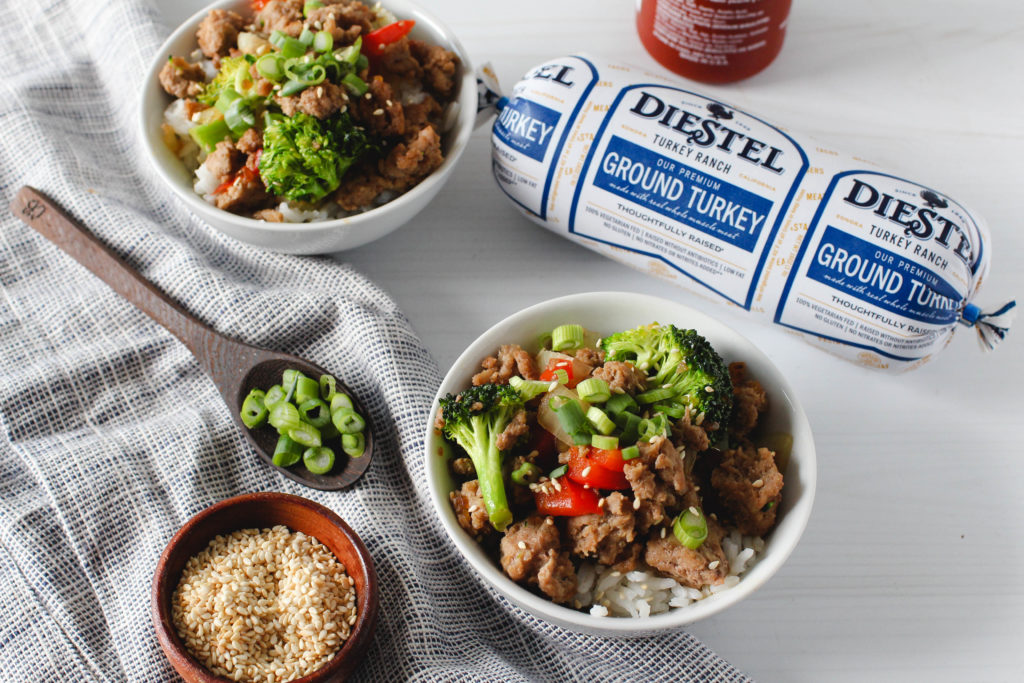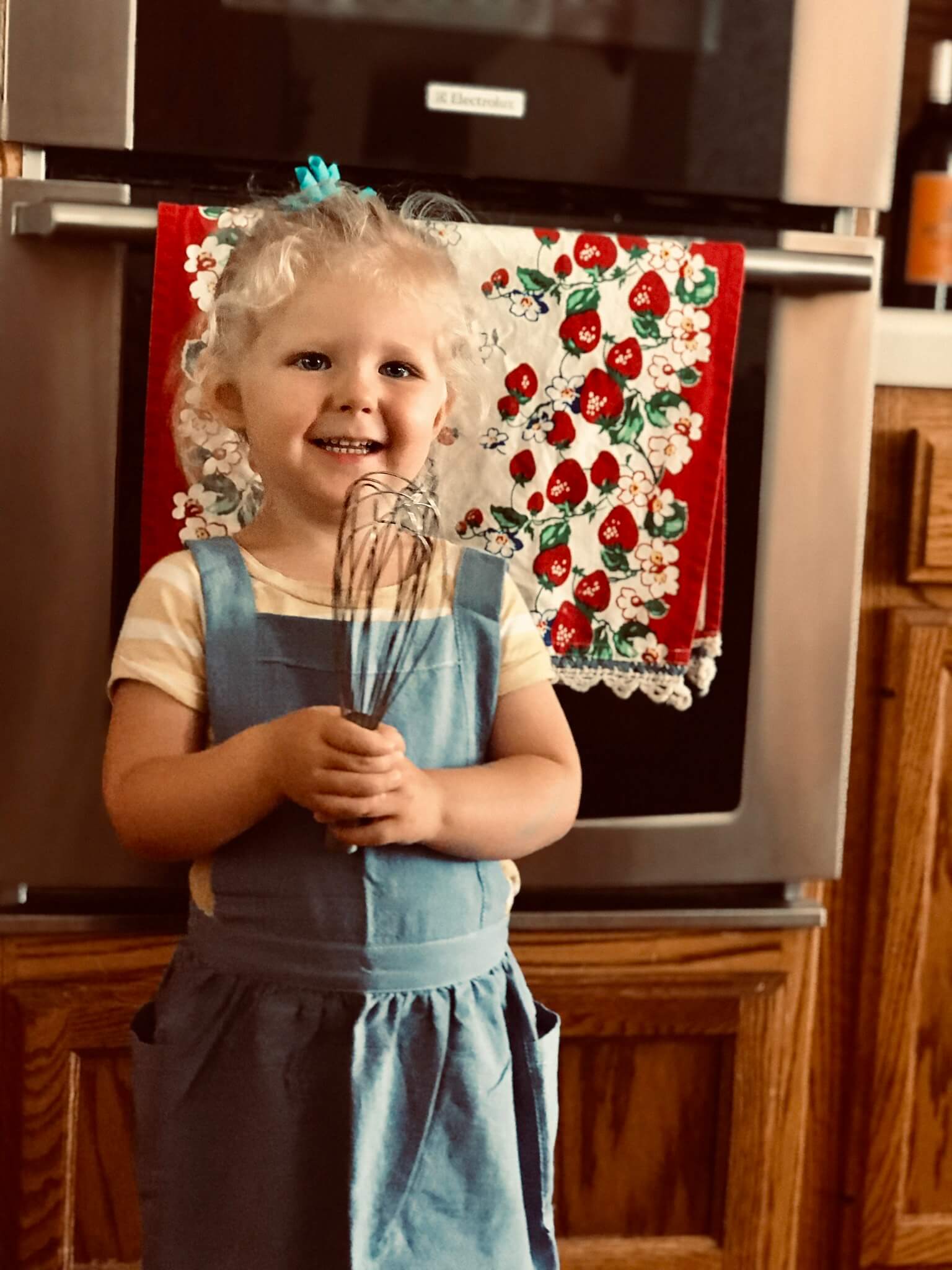Shipping & Taxes calculated at checkout | Empty Cart

Posts Wednesday, March 3rd
If you haven’t heard the words “health and wellness” in the past few days, we’d invite you to pull your head out of the sand. Or maybe don’t; keeping your head lodged neck-deep in a pile of sand has to be even more effective than one or two masks, right?
Still, the point stands: as the unforgettable Jacobim Mugatu might say, “Health and wellness, they’re so hot right now!”
Isn’t that a little odd? Set aside the fact that we know more about our health and nutrition than we ever have, and remember that obesity in America is the highest it’s ever been—and the food scarcity (or even just plain ol’ inconsistency) isn’t making matters any better.
Where’s the root? It’s where most things start (or should, as far as we’re concerned): at home.
Even with the ever-increasing number of products on the shelves boasting “better-for-you” ingredients (better than what?) the best place to get a healthy, well-balanced meal is in your very own kitchen, prepared from scratch with real, whole foods that come from the Earth, not a package.
Developing healthy eating habits is an important step in reducing obesity, both in parents and in children. The CDC recommends the following tips for helping children develop healthy eating habits:
But if knowing is half the battle (thanks, G.I. Joe!), then we’re still only halfway to victory. Even if we know which things to eat for a healthy, well balanced meal, that doesn’t mean those things are ready to eat. Look at that list again, and what do you notice?

That’s right—to eat a diet that’s rich in vegetables, fruits, whole grains, and lean meats, poultry, fish, lentils, and beans means you’re going to have to get cookin’.
“Cookin’?” the archetypal tween asks. “What’s that?”
To which you (or at least we) respond with, “You don’t know what cooking is? What’d you learn in home economics?”
“Home economics? What’s that?”
Nope, that’s not an uncommon response either. Home economics has disappeared from schools across the country. And even where it remains, fewer and fewer of them are teaching young people how to cook.
That’s a problem. Why?
Because the less children know how to prepare food for themselves, the more dependent they become on prepared foods and packaged goods to feed themselves and, someday maybe, their families. That means getting the nutrients their bodies need, which used to rely on the ability to read a cookbook, now depends on their ability to decipher a nutrition facts panel and lists of ingredients.

But there is another option. One that we in the kitchen at Diestel Family Ranch have been espousing for generations (yes, literal generations—we’re on our fifth, after all): let the kids cook. Rather than letting education end at “here’s what a pound of ground turkey looks like,” let’s teach them how to use it to whip up a Southwestern Turkey Chorizo Frittata, Thai Lettuce Wraps, or, in an even more inspiring world, something entirely of their own creation.
Let’s build kitchen confidence alongside nutritional competence. It’s time for the dawn of the age of Home Peckonomics, and Diestel Family Ranch is ready to lead it.
Will you join the cause?